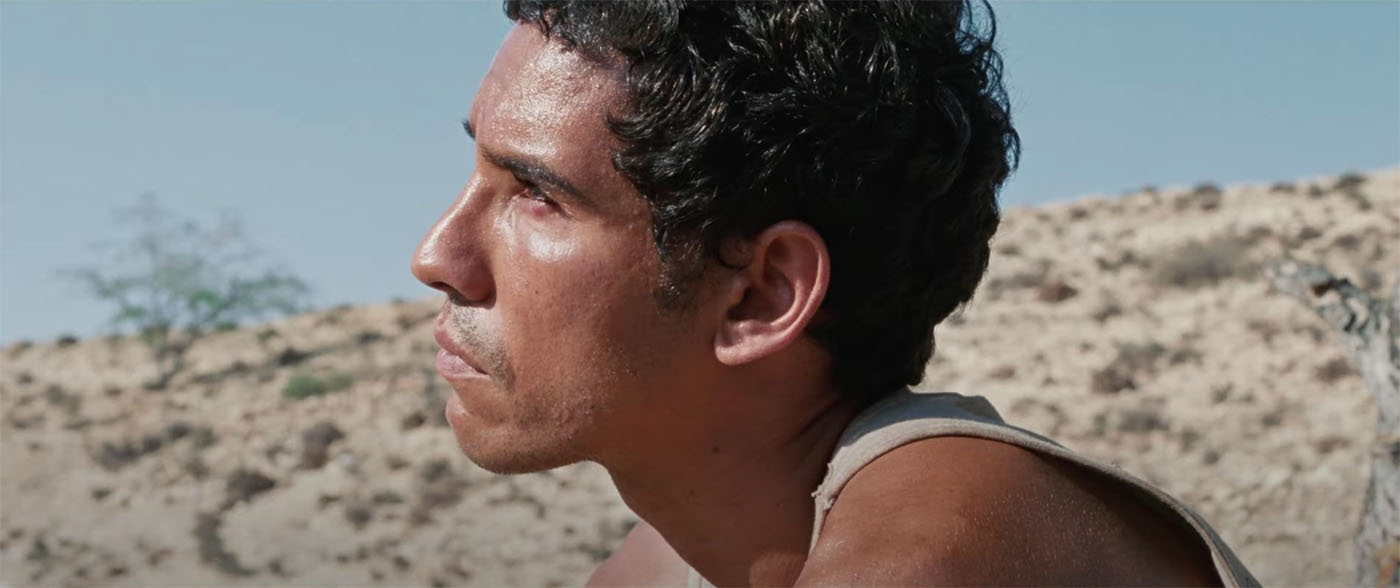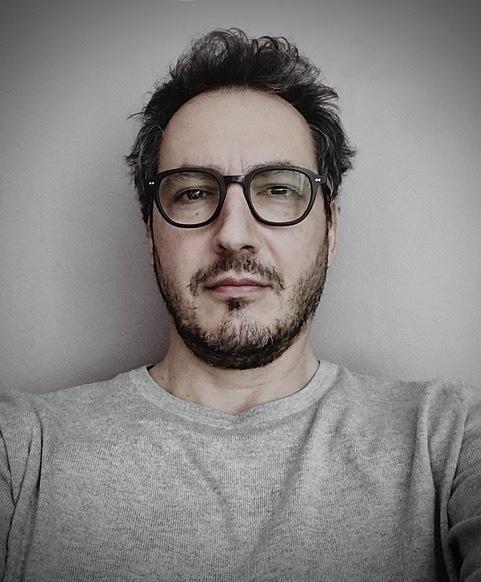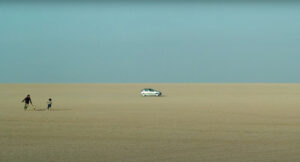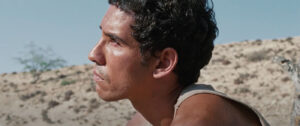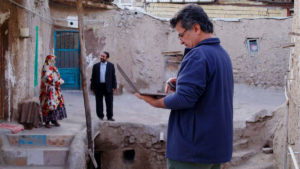Here are 10 films I’ll remember that affirm the immense diversity of genres, styles and origins of world cinema. They are for this reason incomparable. No order of preference is established here; I have listed them in the chronology of their release date in France, and why they are memorable:
LICORICE PIZZA (USA) directed by Paul Thomas Anderson
For the freshness of a filmmaker who, from film to film, never ceases to make us love cinema. Without showing off and without stars (Sean Penn and Bradley Cooper are relegated to secondary roles), we go back to a mythical time (that of my childhood), when spontaneity was a sure thing along with California dreaming. Nostalgic and candid.
C’MON C’MON (USA) by Mike Mills.
For Joaquin Phoenix, his restraint and subtlety, who has the elegance not to devour the young actor Woody Norman (12 years) at his side. For the impressive maturity of Woody Norman, who does not let himself be devoured by Joaquin Phoenix at his side. Monsters.
IL BUCO (Italy) by Michelangelo Frammartino
For the singularity of the film, its narrative power, its radical staging. For what it tells us about humanity in this economy of means, all without dialogue.
TRIANGLE OF SADNESS (Sweden) by Ruben Östlund
For the pleasure I had to watch the hypothesis of our disappearance. And for the spectacle of human vanity. The film tells the story of a cruise taken by a handful of privileged rich people on one of the world’s most beautiful yachts. The trip goes wrong: the boat sinks and a few passengers are left on an island — their micro society will try to survive the catastrophe.
EO (Poland) by Jersey Skolimowski
For the wandering of an almost human donkey, somewhere between the naturalistic lyricism of Terrence Malick and the hallucinated expressionism of Gaspard Noé. And especially for Robert Bresson.
HARKA (Tunisia) by Lotfy Nathan
For Adam Bessa, incandescent in every shot of the film. For the rigor of the direction.
PACIFICTION (France) by Albert Serra
For the beauty of the photography and the feeling of weightlessness that seizes us in the film. And for this terrible, frightening idea that the apocalypse will be triggered in our paradise.
BOY FROM HEAVEN (Sweden) by Tarik Saleh
For the complementary interpretations of Fares Fares and Tawfeek Barhom who both perfectly embody the contradictions of the human soul. (Read our review.)
NO BEARS (Iran) by Jafar Panahi
Because despite the fierce repression of the regime that Panahi and Iranian artists are the target (Panahi and several filmmakers are imprisoned in Iran), the director manages to deliver a film that, under simple and light airs, testifies to the violence of a society caught between traditions on one side and dictatorship on the other. Heroic. (Read our review.)
MARIUPOLIS 2 (Lithuania) by Mantas Kvedaravičius
For the documentary strength of the fascinating shots of a city (Mariupol, Ukraine) still alive under the Russian bombs. And above all as a tribute to the director Mantas Kvedaravičius, killed during the shooting (probably murdered by the Russian army). Indispensable.
—Karim Goury



